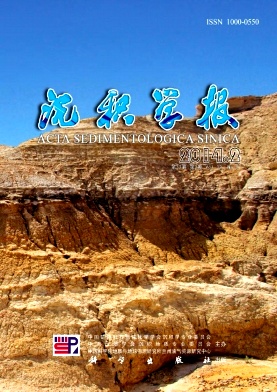OSL Dating of the Palaeoflood Event in the Shangjiahe Reach in the Upper Hanjiang River Valley
- Publish Date: 2014-04-10
-
Key words:
- Holocene /
- palaeoflood event /
- OSL dating /
- upper Hanjiang River
Abstract: Paleohydrological investigations were carried out in the upper reach of the Hanjiang River, which is the source of the “South-to-North Water Diversion Project”. During the fieldwork, typical palaeoflood slackwater deposit (SWD) was identified in the Holocene eolian loess-soil profile on the river banks in the Shangjiahe reach in Yunxian county of Hubei province. Sediment and OSL dating samples were taken from the profile. Laboratory analysis of the grain-size distribution and the magnetic susceptibility show that the SWD was deposited from floodwater during an extraordinary palaeoflood event. The peak flood discharge was estimated to be 63 720 m3/s, which is much larger than the recorded floods. OSL dating on quartz grains separated from the samples was carried out by using the single aliquot regenerative-dose (SAR) protocol. The measured ages of the samples are between 940±140 and 3 190±100 a. The extraordinary palaeoflood event recorded by the SWD is therefore dated to between 900 a B.P. and 1000 a B.P., corresponding to the Northern Song/Liao Dynasty. This is a period with abnormal changes of climate and increased monsoonal variability. Both the serious droughts and extraordinary floods occurred during this period. This result is of great significance in understanding the river’s hydrological response to global climatic change.
| Citation: | OSL Dating of the Palaeoflood Event in the Shangjiahe Reach in the Upper Hanjiang River Valley[J]. Acta Sedimentologica Sinica, 2014, 32(2): 306-313. |






 DownLoad:
DownLoad: